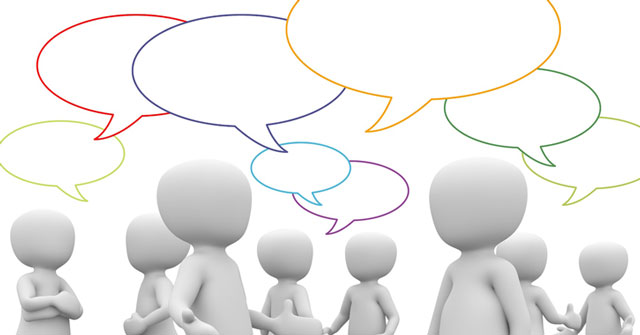
It’s not your imagination. Involvement by managers and employees in collaborative endeavours has increased by 50% in the past two decades, according to research published in Harvard Business Review. The study found that in many companies, the time spent in meetings, on the phone and answering e-mails takes up to 80% of employees’ time. Collaboration is seen as a vital precursor to the production of creative ideas, problem solving and improved social capital.
In designing new workplaces, collaboration is often the holy grail against which all other office requirements are measured. Some workplaces are now so open and transparent that it is possible for a group of employees to talk face to face about a work problem while seated simultaneously in the office cafe, at the workstation area and on a rowing machine. At Apple’s new campus in California, the design is intended to get employees to collaborate in key interaction areas, such as the restaurant. However, if an employee’s desk is at the wrong end of the building, walking to the restaurant will mean undertaking an 800m trip.
The focus on open workplaces is driven in part by a desire to reduce real estate costs for organisations, but also by a belief that increased interaction leads to increased collaboration. However, a study of 42 000 employees showed there was little solid evidence that open layouts improved interaction. Other research has shown that increased awareness through being able to see others doesn’t translate clearly to collaboration. The study also suggests that most office design is an experiment, and that the outcomes beyond self-report surveys are rarely tested.
Both the processes and places where work is occurring are allowing increasingly little room for employees to undertake the solitary work required to achieve results. Between 2008 and 2013, a survey showed that among knowledge workers, time spent on collaborating had decreased by 20% while time spent on focused work requiring deep thought had increased by 13%. When employees can’t focus and think clearly they actually collaborate less and become more withdrawn.
Knowing which employees are bearing the brunt of the collaborative burden is essential
Further, the perception that collaboration adds value and improves team productivity is likely to be overstated. Harvard Business Review research has shown that in most cases, 20% to 35% of value-added collaborations come from only 3% to 5% of employees. Other research has shown that a single employee in a team that constantly goes above and beyond the scope of their role can drive team performance more than the rest of the team combined.
Burnout
Employees feel increasing pressure to assist others and go beyond their scope. University of Oklahoma professor Mark Bolino told the Harvard Business Review this phenomenon is called “escalating citizenship”. The result of this is increased burnout and lower satisfaction. Employees who are seen as the best source of information and most helpful collaborators score the lowest on engagement and career satisfaction.
To address this situation, organisations need to reconsider how to balance focused and collaborative work both from a process and space design perspective. Knowing which employees are bearing the brunt of the collaborative burden is essential. Putting up your hand to take on more and more is seen as an essential prerequisite for career advancement. Alarmingly though, given the nature of collaborative helping, this extra work can often go unnoticed, leaving employees burnt out and disillusioned. The best solution to a problem may not involve having a meeting, forming a committee, or a putting together a new project team.![]()
- Libby Sander is PhD candidate, Griffith University
- This article was originally published on The Conversation




